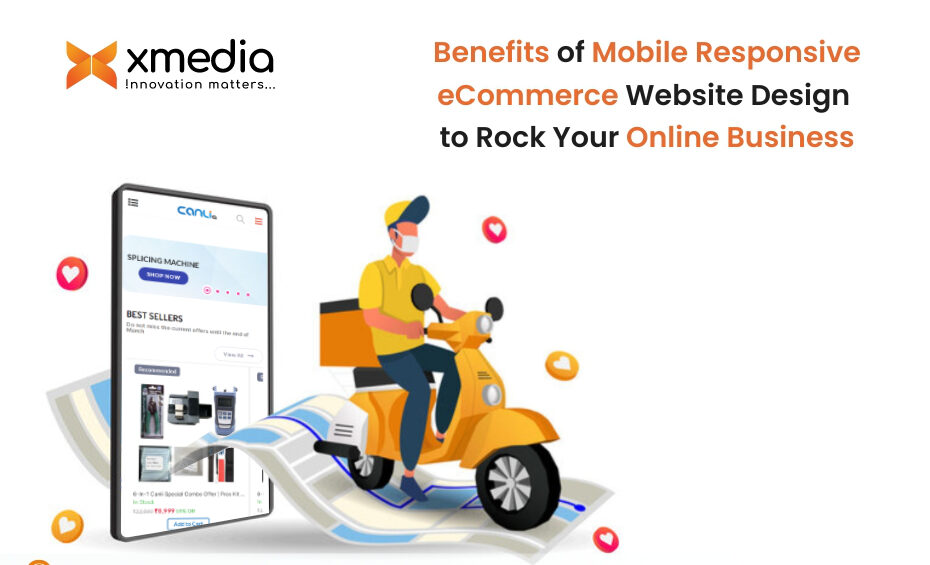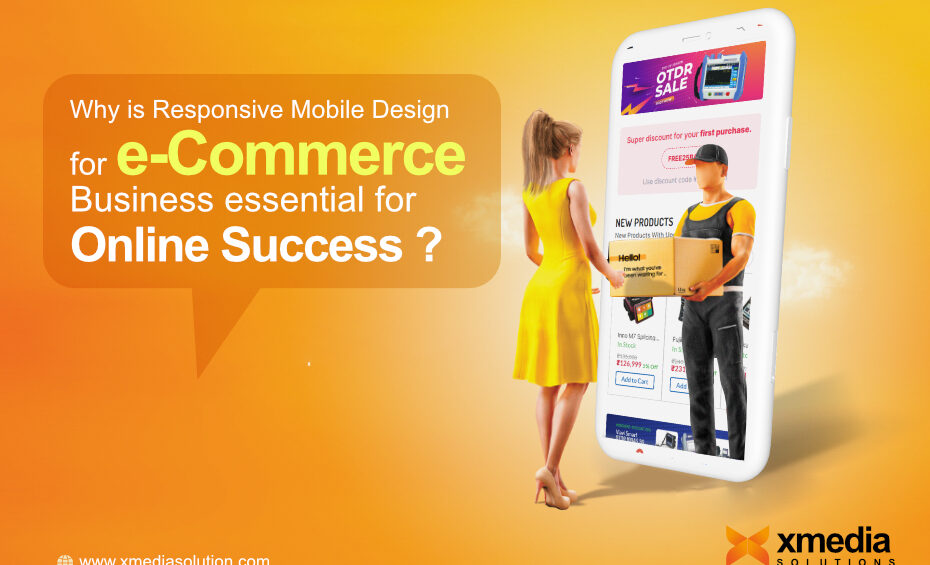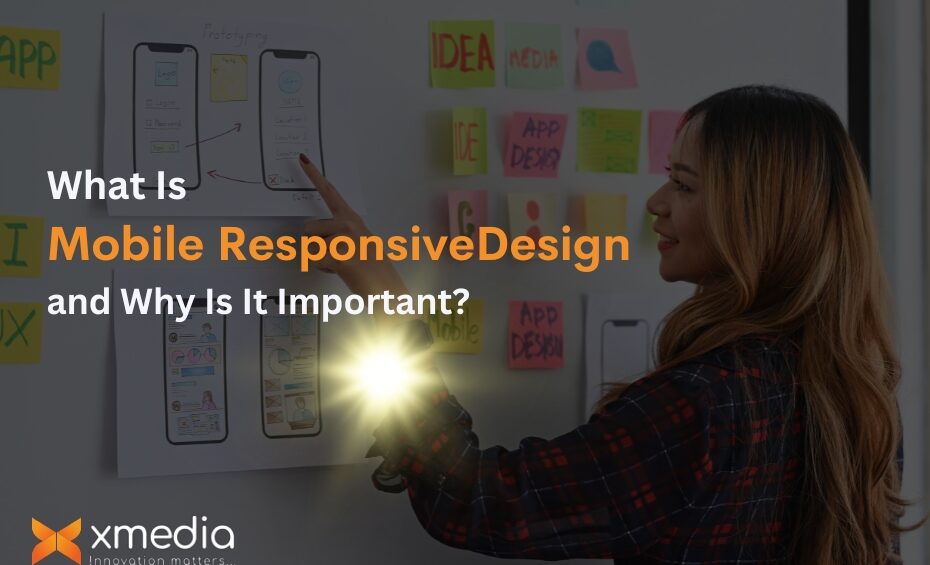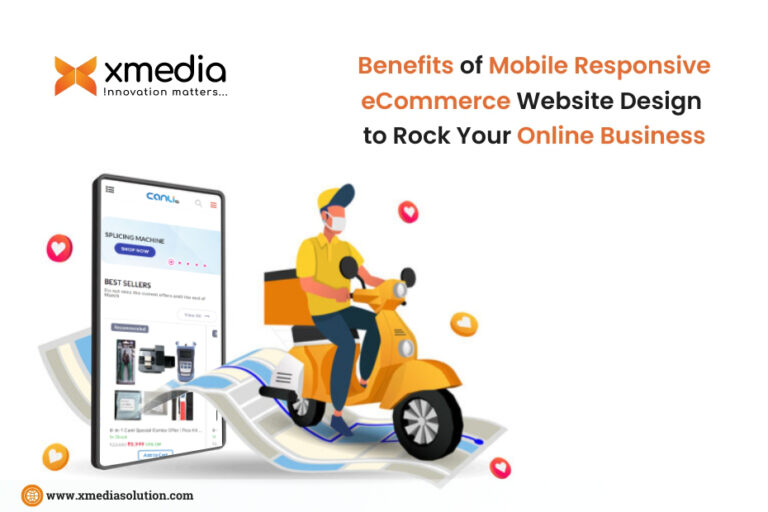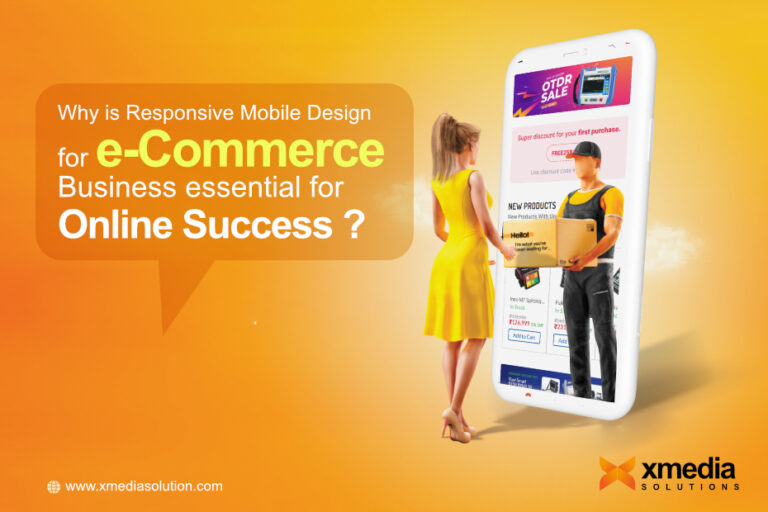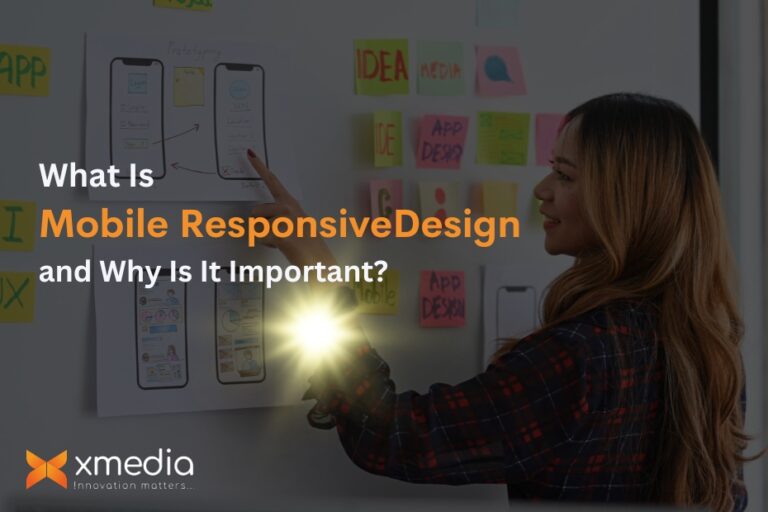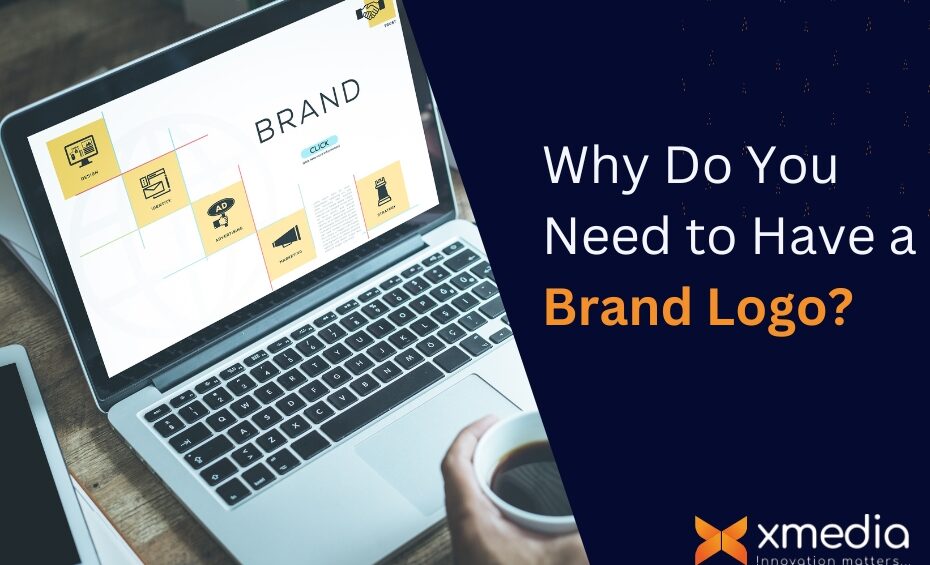What is a Logo? The dictionary says a Logo is a symbol, sign, or emblem. It is more than its literal meaning. A logo is a design for the recognition of organizations, businesses, or grips. Everything has a logo these days in business cards, vehicles, advertisements, letter pads, websites, social media platforms, etc. it’s everywhere. It needs to be adaptable in terms of size and resolution. Logos build an identity around the organizations. A logo should be original, memorable, and should have an impact. There are millions of logos in the marketplace that speaks to the crowd to identify the brand. Logo helps your business instantly get recognized and make your clients or potential customers feel the specific way that you have intended so that you can make a connection with the logos is essential. In simple words, brand logos are symbols to convey messages of the whole brand to the clients or potential customers.
Many people think logos job is to promote the products or services. However, the brand logo neither gives you a sales pitch nor waves special offers are here. It is a job of branding material. Branding marketing materials are brochures, leaflets, posters, and so on. A Logo is always there and always the same. More branding materials you see from a brand, the brand logo is constant and doesn’t change later sticks to the thought process. It makes you think about all those branding materials that you saw in the past and brings forward the feeling and emotions you may have had when you saw those materials. It is an identifier and a visual shorthand from the brand that it is representing.
Why are brand logos important?
Brand logos are essential for the success of the brand. It is the face of your company. Let’s dig deeper into the four aspects of the brand logo that contribute to the success of your business.
*Communication
*Ownership
*Loyalty
*Visual appeal
Communication
If we look back into the stone age, we would see our human ancestors using symbols to cross messages, Ideas, concepts, and thoughts. Back in those days, they had no languages and no proper verbal communication. So, the Symbols were vitally important. Still, they could cross the ideas and thoughts.
Logos occupies very few inches of the space with a punching thought. The logo design considers many factors such as colour psychology, font psychology, negative space, shape, demography, and so on to capture the feelings and emotions of the larger audience. So, each element of the logo communicates ideas, concepts, thoughts, and messages to People to identify the brand. Even a person who does not know to read the languages can comprehend the intentions behind it.
For example, Nike is a global brand. The brand logo of Nike conveys its brand message in the minds of people with its unique symbol. People recognize the brand by seeing the brand logo. That is the power of a logo.
Sometimes, we may ask ourselves, what is the use of having a logo at the beginning when it takes months or years to build up recognition of a brand?
Brand Logo can still do a job of helping people identify whether a brand is likely going to be for them even without supporting branding material. Usage of typography, shapes, colour in a logo evolves emotions and feelings in the viewer. You can give them an idea of the personality of the brand. It may convey fun, seriousness, be welcoming, look expensive, and so on. It creates curiosity among the potential customers to know more about the brand. The logo describes what it is that your brand does accurately. A logo is a signpost and is valuable to your brand. It gives a bigger picture of your brand products and services as a whole.
Ownership
Brand logo used to identify the products and services of the company. If you are an owner of the business, it is tough to authenticate each product with your autograph, but the brand logo does it for you.
Nowadays, audiences are becoming more conscious of the brands they utilize. Even when your company decides to release a new product or service, the brand logo acts as an ambassador for your business to expand seamlessly.
For example, everyone knows a Nike logo. It took years of branding and promotion to become a synonymous brand. When we are identifying the logo, we are identifying the brand. It is easy for the Nike company to release new products and services and get jaw-dropping sales using its brand logo.
Loyalty
A brand logo mimics the quality of home-cooked food. Even when you are in foreign land experiencing exotic cuisines, the home-cooked food brings you down to square one. It is more trusted, familiar, valued. Daily consumption doesn’t shy you away from craving for more. Similarly, A brand logo is a signboard for your business. It takes the attention of the customers when they have surrounded by all-other products. It helps you quickly identify with a brand.
When a company works hard to raise its reputation, audiences find it worth investing time, energy, and money that creates a strong bond between the brands and the customers. The good User experience of products and services with logos affects the loyalty and trust of the user towards the brand. Every new venture of the company is trusted. Audiences vouch for the brands seeing the brand logo.
Visual appeal
The key reason behind using a brand logo is for looks. The first impression is the best. Logo plays a pivotal role in forming a customer impression on your products and services. A logo with good visual appeal builds good connections between customers and your products.
Overall, the logos are tiny but have a high impact on your business. Regardless of the design chosen, the logo acts as the face of the company. It communicates the ideas, concepts, and thoughts, builds an emotional bond with your company, and attracts many customers.


